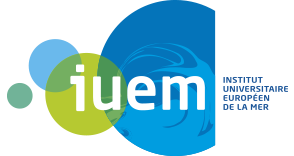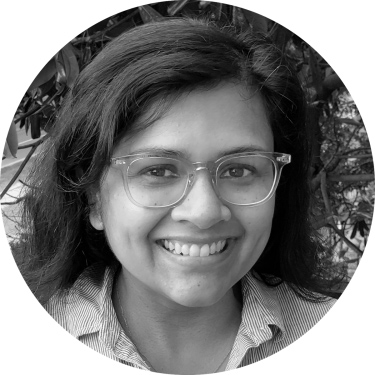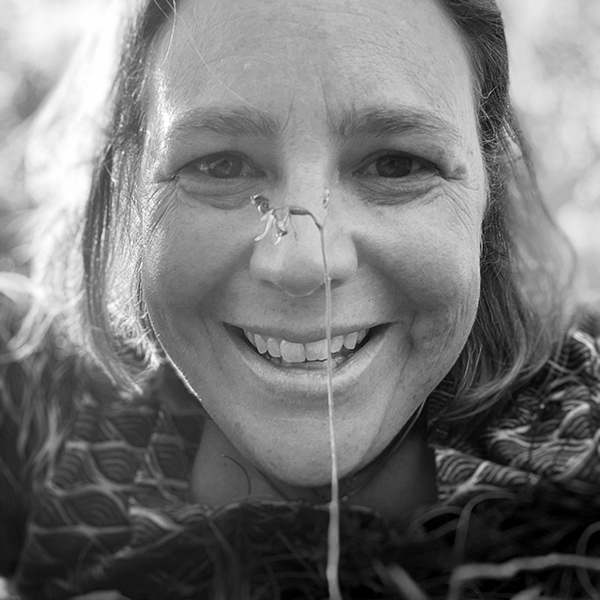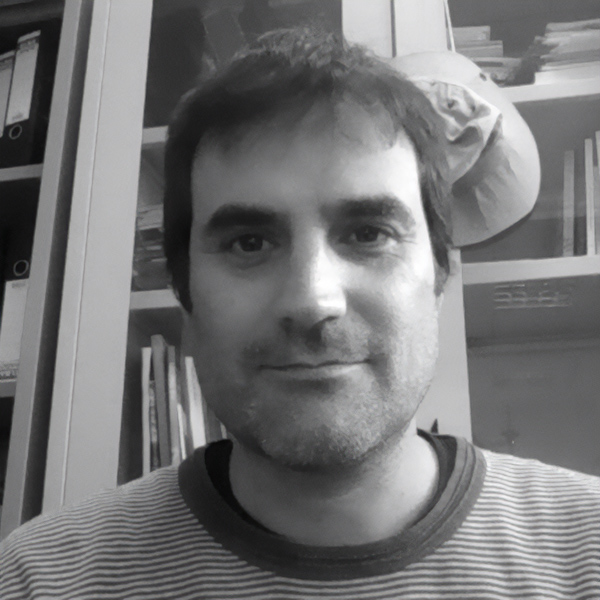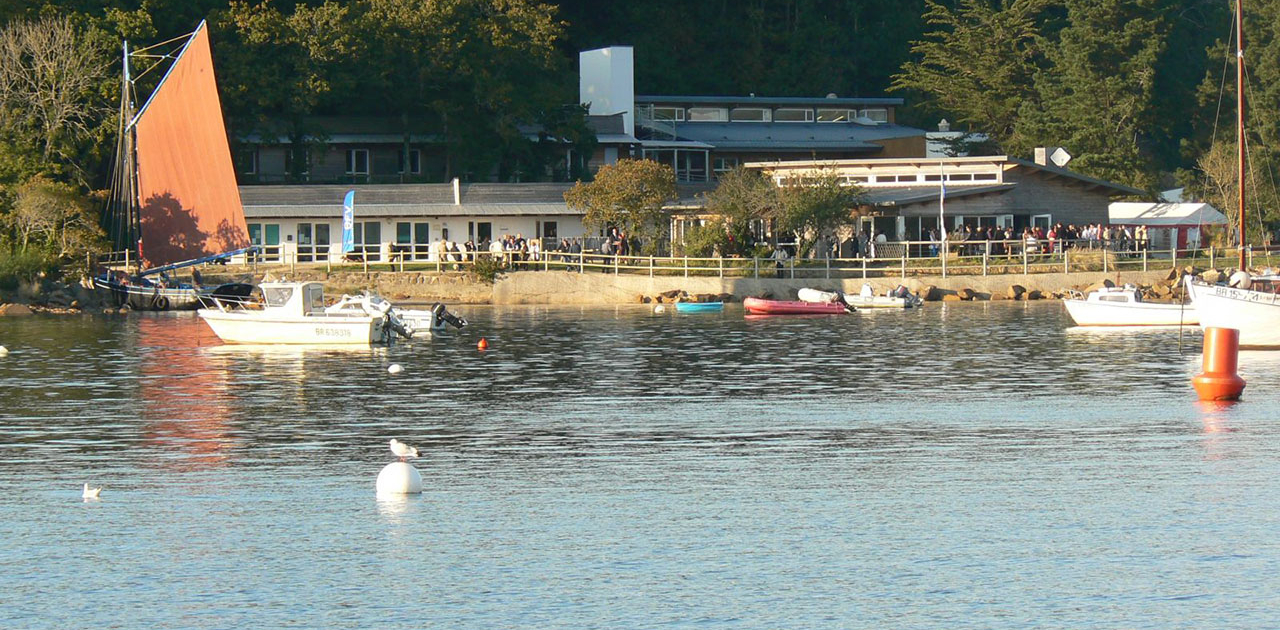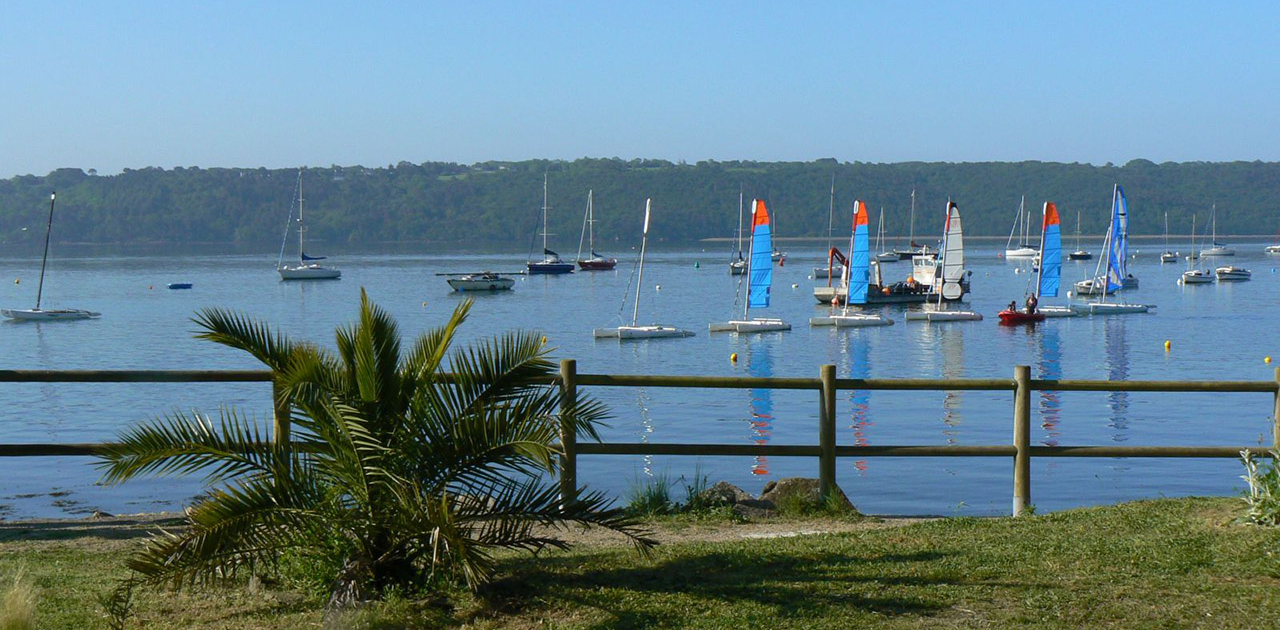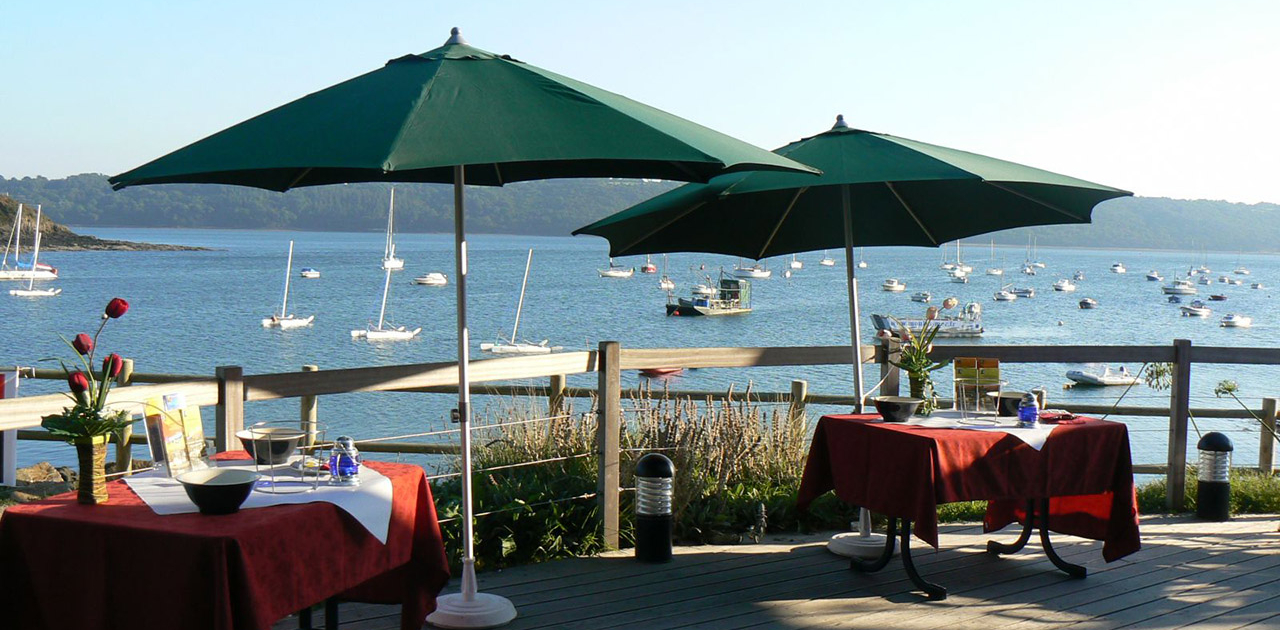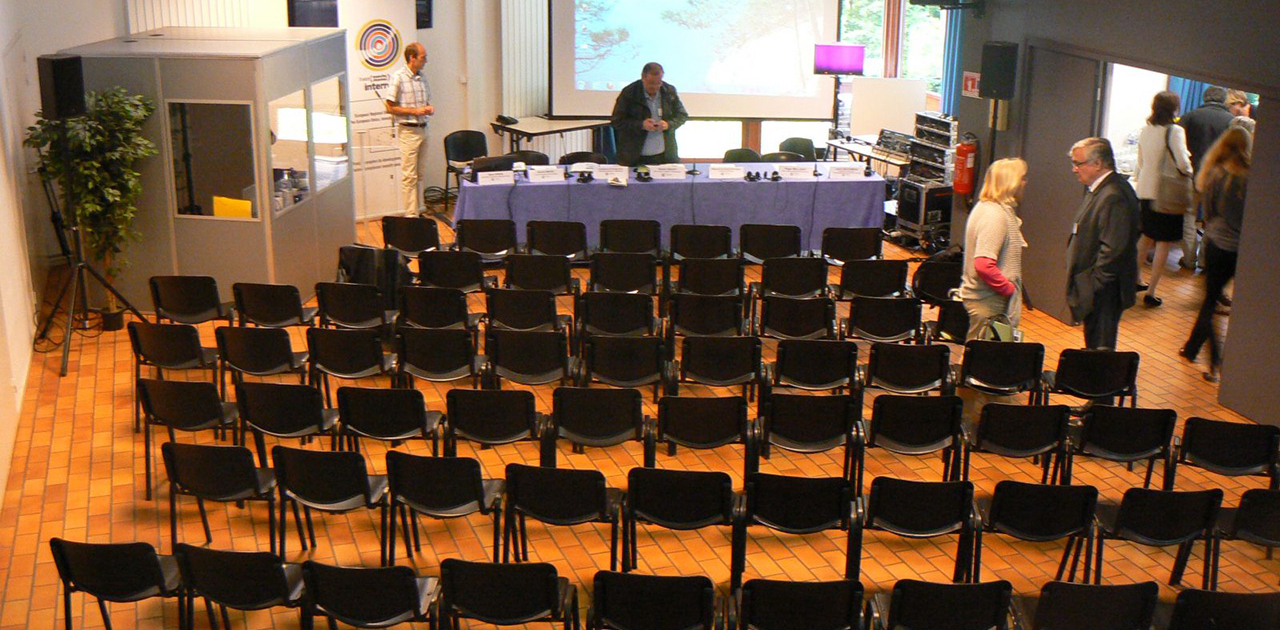La série de conférences SILICAMICS a été lancée en 2015 à l’initiative du groupe international « Silica-group ». Ces conférences visent à développer une approche intégrative et interdisciplinaire qui inclut la chimie, la biogéochimie, la biochimie, la physiologie, la physique et la génomique pour mieux comprendre la biosilicification et les silicifiés dans les océans passés, contemporains et futurs. Parmi les résultats des trois premières conférences SILICAMICS figurent des articles de synthèse dans Nature Geoscience (2018) et dans Biogeosciences (2021) et deux numéros spéciaux de Frontiers in Marine sciences (2019 et 2022) qui ont accueilli plus de 24 articles. La conférence SILICAMICS 4, se tiendra à Brest (France) du 14 au 18 octobre 2024. Elle mettra l’accent sur :
- Le Cycle biogéochimique du silicium : Processus et flux
- La Paléo, y compris l’évolution des silicifiés
- L’Écologie et la biologie des silicificiés marins et terrestres
- Les Processus de silicification étudiés par des techniques omiques
- Le Plancton siliceux dans l’océan ouvert : Lien entre la physique et la biologie
- Les Océans polaires
Construite sur un schéma de type « Gordon conferences », la conférence SILICAMICS 4 réunira un petit groupe d’experts, de jeunes chercheurs et d’étudiants dans un lieu isolé et magnifique proche de Brest. Le comité d’organisation a invité des orateurs de premier plan et les temps de discussions et d’échange entre les sessions de posters et de présentations, ainsi que des groupes de travail offriront aux doctorants et aux jeunes scientifiques la possibilité de débattre avec des scientifiques chevronnés afin de développer leur propre compréhension de la science de façon générale et plus spécifiquement de la thématique phare de SILICAMICS, le cycle du silicium et le rôle des organismes silicifiés dans les océans.
6 sessions, 6 invited speakers
Session 1
Cycle biogéochimique du silicium : processus et flux
Session details
Since the end of the previous century, several articles on Si budgets have been published, showing real progress in our understanding of the geochemical and biogeochemical processes that control the Si marine cycle at regional and global scales, and in quantifying the input, output, and biological fluxes at different scales. However, is the marine silica cycle at a steady state, or what are the impacts of global changes on this cycle, are still open questions. In this session, we invite and welcome contributions dealing with processes and Si fluxes that help for a better understanding of the silica cycle at different scales. The invited conference shows how powerful the use of Si isotopes is to understand the surface Earth reactive silica cycle.
Oratrice invitée : Shaily Rahman| Univ. Colorado Boulder, USA
« Probing mass balance, fluxes, and deep time implications of the surface Earth reactive silica cycle using Si isotopes »
Download abstract
Session 2
Paléo, y compris l’évolution des silicifieurs
Session details
In a context of global warming with short meteorological archives (~150 years), reconstructing the dynamics and long-term trends of past climate cycles has never been more relevant. Siliceous microfossils preserve well and offer key information on past environments. Additionally, it is primordial to understand how silicifiers evolved through time for a comprehensive understanding of their systematics and modern ecology. So, in this session we invite and welcome contributions along these lines. The invited conference will show, based on their assemblages, how siliceous microfossils offer a wealth of information essential to unlock key links between climate and ecosystems.
Orateur invité : Giuseppe Cortese| GNS Science, NZ
“Radiolarians and diatoms as sources of past climate and environmental information in the Southern Ocean”
Download abstract
Session 3
Écologie et biologie des silicificateurs marins et terrestres
Session details
As mentioned by the guest speaker: “all plants accumulate silicon”. All plants, but also animals, from protists to mammals! However, the function of silicon is not always well understood, which prevents us from understanding its possible contribution to the success of certain clades and the expansion of specific biomes. In this session we invite and welcome contributions dealing with the ecological role of silicifiers, the biological benefits and mechanisms of silicification and the relationships with ecosystems. The guest speaker will consider the role of Si in plants from a biome (terrestrial, marine and also freshwater) perspective and will underline the main gaps.
Oratrice invitée : Julia Cooke| The Open University, UK
“Plant silicification by biome”
Download abstract
Session 4
Processus de silicification et omique
Session details
Silicifiers are among the most important living organisms of planet Earth. However, their ability to take up silicic acid and the full processes to precipitate it to build complex silicified architectures remain poorly understood. Diatoms have been the center of attention of bio-silicification studies. The physiology and biochemistry of pelagic diatoms have been extensively studied but many gaps remain regarding the silicification mechanisms and their variations due to environmental changes. Genomics of diatoms and other organisms can help understanding such processes and can be used to formulate new hypotheses and research strategies for explaining the role of different silicifiers in coastal and open ocean ecosystems, and their control of C, N, P, and Si biogeochemical cycles.
In this session we invite and welcome contributions of emerging approaches and other resources that can help us to better understand the silicification processes of all silicifiers. The invited conference will highlight the role of silicon transporter proteins in diatoms.
Orateur invité : Nils Kroeger | Technische Universitaet Dresden
“The molecular basis for silica morphogenesis in diatoms”
Download abstract
Session 5
Plancton siliceux dans l’océan ouvert et les systèmes d’upwelling
Session details
Diatoms, which play a key role in the biological carbon pump, are known to thrive in high nutrients – high turbulence systems (cf. coastal upwellings, polar seas, …). In principle, stratified and oligotrophic waters are not favorable for the growth of diatoms. However, it has been shown that episodic blooms of phytoplankton, including diatoms, can occur in specific meso- and sub-mesoscale structures. So far, it has not been possible to link specific dynamical structures to phytoplankton functional types. In this session we invite and welcome contributions that demonstrate the coupling of physics and biology to better understand and model the distribution and production of siliceous plankton in the open ocean. The invited conference gives evidences on how structures with a high degree of coherence in high turbulent kinetic energy and vorticity can sustain high concentrations of diatoms in the sunlit layers.
Orateur invité : Ismaël Hernandez-Carrasco| CSIC, IMEDEA, Spain
« Highly-coherent oceanic structures and their impact on the diatom dynamics »
Download abstract
Session 6
Mers polaires
Session details
In polar environments, diatoms are able to grow in the ice, under the ice, in open waters and at the surface of the sediments. As such, diatoms traditionally dominate the primary production of the polar seas. However, different drivers linked to natural variability and global change already provoke a switch towards non-diatom species such as Phaeocystis or other small flagellates. Moreover, the physiological changes involved in diatoms by global changes suggest potential strong consequences for the future contribution of the high-latitude ecosystems to carbon export and climate mitigation. Moreover, a shift in rhizarian populations is observed related to global warming. With the increasing melting of the glaciers siliceous sponges are sprouting up. This session invites all works trying to understand the actual contribution of silicifiers and their evolution in the fast-changing polar seas. The invited conference will review the major contribution of diatoms in polar environments.
Oratrice invitée : Karley Campbell | UIT, Norway
“Diatoms in polar seas”
Comité scientifique
- Su Mei Liu (UOC, China)
- Patricia Grasse (Center for Integrative Biodiversity, Leipzig, Germany)
- Manuel Maldonado (CSIC, Spain)
- Jill Sutton (LEMAR-IUEM)
- Aude Leynaert (LEMAR-IUEM)
- Paul Tréguer (LEMAR-IUEM)
- Brivaela Moriceau (LEMAR-IUEM)
- Jeff Krause (Univ South Alabama, USA)
- Xavier Crosta (EPOC, Univ Bordeaux)
- Taniel Danielan (Univ de Lille)
- Tristan Biard (LOG, Wimereux)
- Damien Cardinal (LOCEAN, Sorbonne Université)
- Johann Lavaud (LEMAR-IUEM)
- Fabrice Not (SBR-Sorbonne Univ)
- Matthieu Civel (LEMAR)
- Lucie Cassarino (LEMAR)
- Natalia Llopis-Monferrer (MBARI, California)
- María López Acosta (CSIC IIM, Vigo)
- Dongdong Zhu (OUC, Qingdao)
- Diana Varela (Univ. Victoria, Canada)
Comité d’organisation
- Jill Sutton (LEMAR)
- Brivaela Moriceau (LEMAR)
- Stefan lalonde (Geo-Ocean)
- France Floch (Geo-Ocean)
- Matthieu Civel (LEMAR)
- Lucie Cassarino (LEMAR)
- Paul Tréguer (LEMAR)
- Aude Leynaert (LEMAR)
- Johann Lavaud (LEMAR)
- Morgane Gallinari (LEMAR)
Lieu de la conférence
L’événement se tiendra en Bretagne (France) à Logonna-Daoulas en octobre 2024 au centre de séminaire « Moulin Mer ». Ce centre offre un espace pour les sessions et les ateliers, les repas et l’hébergement, le tout en un seul lieu, y compris l’accès à des salles pédagogiques et des sites d’échantillonnage dans les environnements marins, d’eau douce et terrestres. Pour votre conjoint, il donne également accès à de belles promenades le long des plages, à la forêt et à des zones d’activités telles que le volley-ball, le badminton, la voile et la pêche. Le site est situé entre Brest et Quimper (8min de l’autoroute). Le site est situé entre Brest et Quimper (8 minutes de la voie rapide). Brest est la ville la plus proche, avec une gare TGV et un aéroport offrant quelques vols internationaux et un large choix de vols via Paris (Orly ou Charles de Gaulle).
